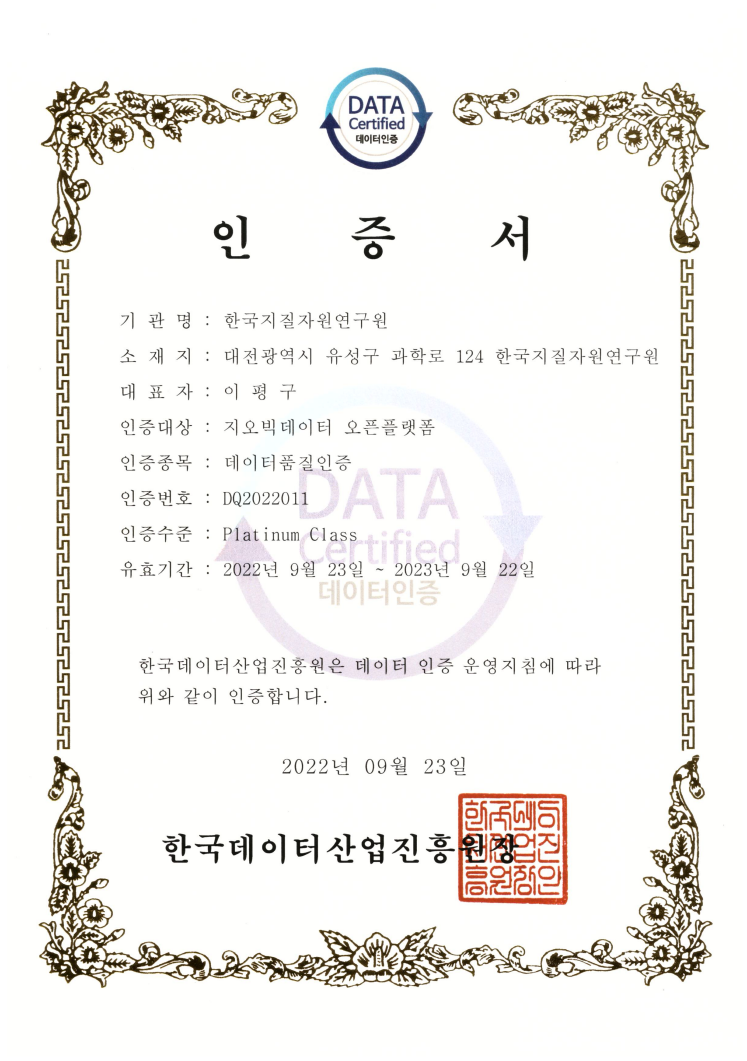특정광물의 합성연구 (형석 [III])
상세정보
| 자료유형 | KIGAM 보고서 |
|---|---|
| 서명 | 특정광물의 합성연구 (형석 [III]) |
| 저자 | 장영남 |
| 언어 | KOR |
| 청구기호 | KR-98-C-13-1998-R |
| 발행사항 | 韓國資源硏究所, 1998 |
| 초록 | The pure, Nd-, Sm- and Co-doped fluorite crystals were grown by Tamman method in vacuum. 5 Wt% PbF₂ was added to the charge to prevent the pyrohydrolysis. The growth mechanism of the fluorite crystal was found to be the thermal gradient introduced by the upward movement of solid-liquie interface. The optimal cooling rate and thermal gradients around the graphite crucible was -36℃/hr (growth rate : 3-5mm/hr) and 20℃/cm, respectively.The interface was convex upward. The top surface of crystal showed dendritic and cellular texture, indicating that CaF single crystals were grown under low thermal gradient. The growth direction was {110} as confirmed by TEM and XRD analysis. For undoped CaF₂ single crystals, birefringence was very low under the polarizing microscope indicating low strains in crystal. Sm-doped crystals showed strong color center in contrast to the Nd-and Co-doped crystals. To measure the dislocation density, specimens were etched in 38% HCI for 30 minutes. The etch pits were of triangular with round ends. The dislocation density was calculated to be 2x100/cm-²-3x100/cm-². The absorption and transmittance of grown crystals were determined with the UV-VIS and IR spectrophotometer. The absorption in ultraviolet and visible (190-800nm) regions was about 8% in average. An abrupt increase was abserved in 360nm region in both pure and doped crystals. The transmittances in infrared region (400-4000cm-¹) were 88%, 75%, 93%, and 93% for pure crystal, Sm-doped, Nd-doped, and Co-doped crystals, respectively |
| 페이지 | 75 p. |
| 키워드 | 특정광물, 합성, 형석, 단결정, 단결정육성 |
| 원문 |
유형별 보고서
- 841view
- 8download

댓글